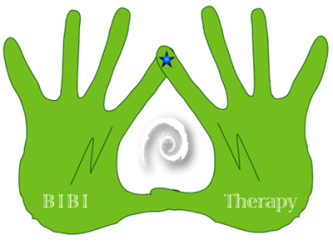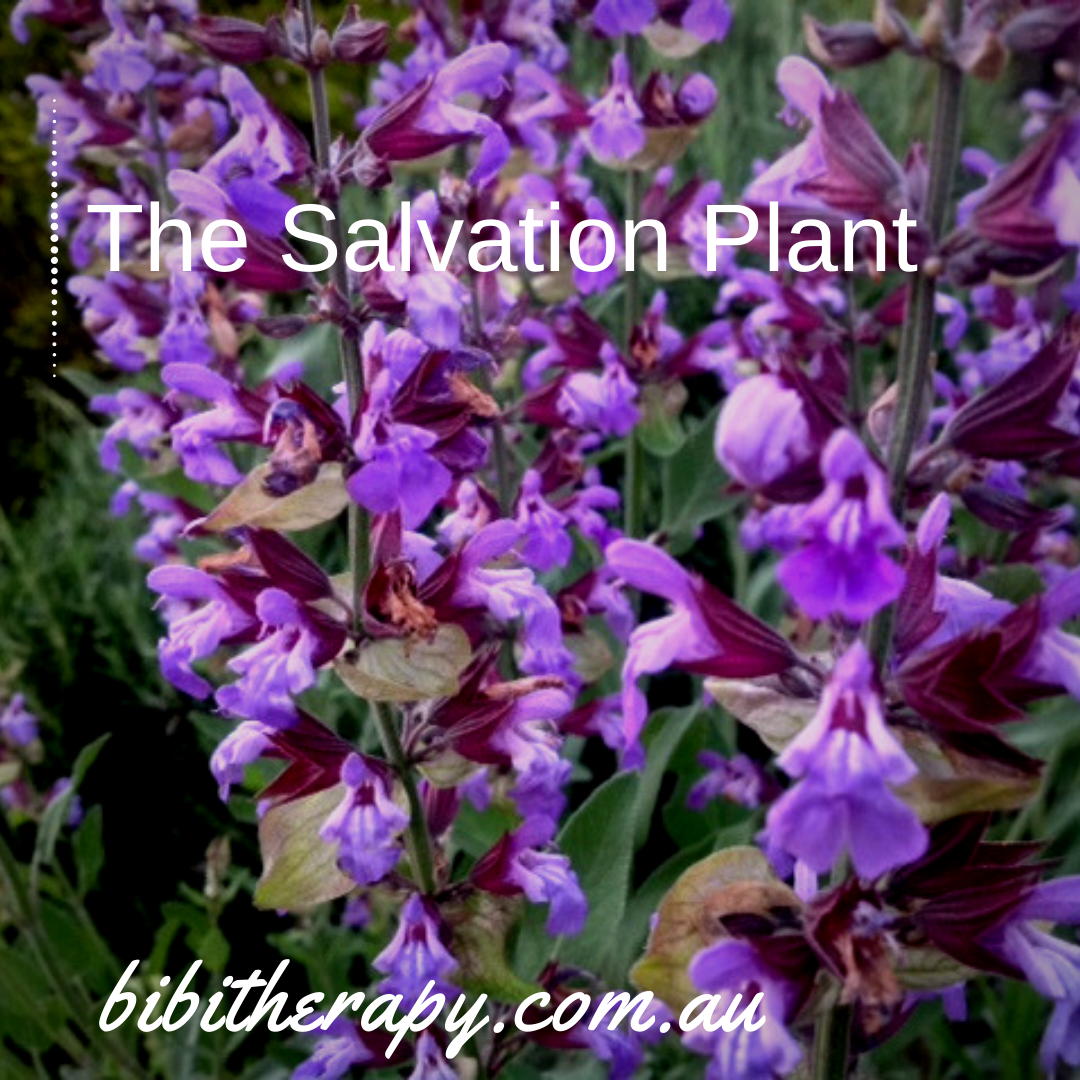3 Science-Based Benefits Everyone Should Know About
The Plant: There are a several forms of sage that are cultivated for their use as a culinary or medicine herb. This blog is about the most common one is the common sage: Salvia officinalis. Sage’s botanical name, Salvia, mean the “Salvation Plant”, name given for a good reason, as you will discover in the next few paragraphs.
Sage blossoms bring a smile on my face every time I see them in my little front yard. And Oh dear do they smell heavenly wonderful. If I close my eyes I can even remember their scent. Do you find this odd?
But let’s get back to why do I write this blog? Yes! Yes, you guessed: it’s sage season Melbourne! So I am here to remind YOU to enjoy the benefits of this wonder-magic plant. I just made-up this word and hope the reader is not too offended.
So my advice to you, whether you have a green thumb or not, go buy some seedlings of the common sage and plant it in your front yard or back yard. It is useful and it adds beauty to your garden as it can grow in beautiful shrub. And I can assure you: the possum friend will not eat it!
Benefits: In the following I will provide you with the most common and scientifically-backed benefits that I also have tested.
#1 Sage as Cholesterol Balancing Agent
This plant is packed with loads of nutrients, vitamins and minerals that can help our health system restore without any nasty secondary effects. Most importantly, its bioactive components, antioxidants (Jakovljevic et al, 2019), in the form of polyphenols have been researched extensively by many reputable Laboratories. Turns out that drinking only a cup of sage tea twice daily for about 2-4 weeks is able to balance the cholesterol: increasing the levels of the “good” one (HDL) while lowering the levels of the “bad” guy (LDL) (Sa et al, 2009).
#2 Sage as Remedy for Hot Flushes in Menopausal Women
Hormonal balance is out of whack when experiencing hot flushes. The fridge is never cold enough and daily hot flushes are not something one wishes to experience. Good news is that drinking sage tea daily for a period of two months has positive effects, reducing the intensity and frequency of hot flushes (Bommer, et al, 2011). The tea can be made from either fresh flowers or dried plant.
#3 Sage as Mental Acuity Improver
Essential oil from Sage (Perry et al, 2003), can help alleviate symptoms related to Alzheimer’s disease. It improves digestion and it also helps improve brain neuropathways. Most notably, after 6 weeks of being exposed to the oil of sage. In the referenced study the volunteers were given 2 drops of the oil. Since this involves the ingestion of an essential oil, it is best to consider using the sage plant fresh or dried in food or consumed as beverage.
The plant, Salvia officinalis and its oil has no known toxicity and has no contraindications. My preferred way to use it is to drink an infusion during the day. In order to get the wonderful benefits sage has on offer I also like grinding it and use it as a salt enhancer.
Guess what tea am I sipping while writing this blog?
Disclaimer: I am a qualified holistic wellness, herbalist aromatherapist and nutrition Diva, I am not a medical doctor or nurse and do not play one on the internet. Always check with a doctor or medical professional if a medical need arises.
References
Bommere et al, Adv. Ther., 2011,28(6):490-500, First time proof of sage’s tolerability and efficacy in menopausal women with hot flushes. https://www.ncbi.nlm.nih.gov/pubmed/21630133/
Jakovljevic M. et al, Plants (Basel Switzerland), 2019:,8(3) Bioactive Profile of Various Salvia officinalis L. Preparations, . https://www.ncbi.nlm.nih.gov/pubmed/30845696
Sa et al, Int J Mol Sci. 2009:10(9):3937-50, Sage tea drinking improves lipid profile and antioxidant defences in humans. https://www.ncbi.nlm.nih.gov/pubmed/19865527
Perry et al, Pharmacol Biochem Behav. 2003:75(3):651-659, Salvia for dementia therapy, https://www.ncbi.nlm.nih.gov/pubmed/12895683/

